The imposing Eiger north face, the majestic Matterhorn or the grandiose Jungfrau range: The mighty Alps are symbolic of Switzerland, conjuring up images of skiing, mountaineering and other high-altitude sports. While this is true for the Alps, the lowlands shelter one of Switzerland’s best kept secrets.
Certainly, the man who is facing the wall and is engaged in grinding his tools is not going to give away any information. He is wearing a white habit with a hooded cloak and has taken a vow of silence, which is the creed of the Carthusian monks. He is one of the 14 monks who once lived in the Ittingen monastery, now a museum.
Kartause Ittingen in Thurgau
Tucked away in the heart of canton Thurgau's plains is a non-descript sign indicating Kartause Ittingen (Charterhouse Ittingen). From the main village of Warth-Weiningen, the Charterhouse cannot be sighted. Visitors have to either drive themselves there or walk a few minutes from the nearest bus stop.
So it is no wonder that most people relate the Charterhouse only to its renowned lager, Ittinger Beer, a dark quality premium beer sold and consumed in many parts of the country. The Charterhouse is nestled in idyllic surroundings, with the woods on one side, farmlands and vineyards on the other. Horses graze in front of the massive stone walls, a vision of a gentler and kinder age.
In the 12th century, three Ittingen knights turned their castle into a monastery. It was subsequently taken over by the Carthusian monks from 1461 until 1848 when it was dissolved. At the time, the entire property was sold to the wealthy Fehr family who were gentlemen farmers. In 1977, the Ittingen Charterhouse foundation bought the monastery and restored it to its historical form, housing the Charterhouse museum, church, hotel and restaurant.
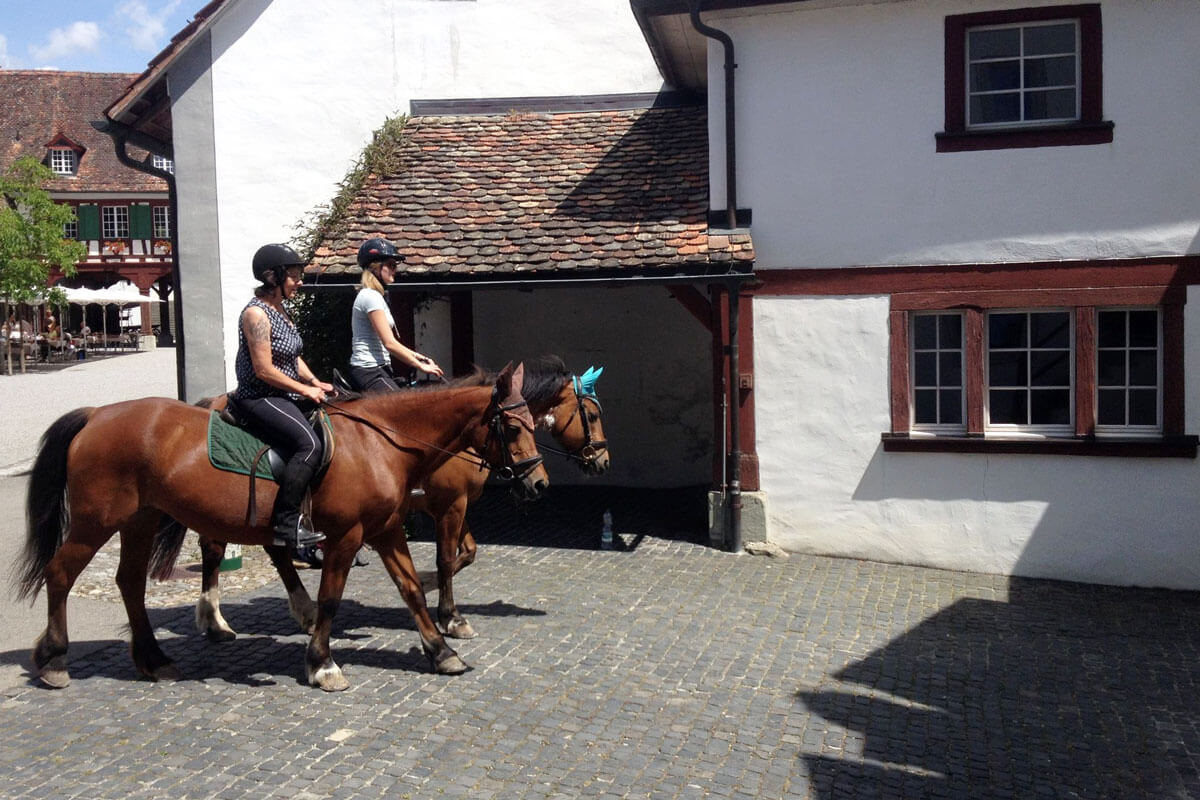
Experiencing the relaxing nature of the Charterhouse
Stepping through the heavy iron gates into the Charterhouse courtyard is like entering another era. Although factory smoke can be viewed from a far distance, through the openings in the opposite walls, modernity seems surreal - as if you have been transported back in time.
There is a marvelous symbiosis of ancient and modern. The facades of the outhouses have been preserved but renovated thoroughly inside with modern structures. The monastery looms in front of you. There is a discreet plaque mentioning the hotel but it takes a few minutes to locate the door named “Reception” in the building on the right. Automatically, voices are lowered.
On the way to the reception sits the monastery shop with its products from the Charterhouse farm proudly displayed. Wonderful hand-made bird houses, wild bee hotels and wooden stars constructed by the handicapped, who are sheltered in one of the buildings, also complement the collection.
Inside, there is a wondrous hickory smoke smell of fresh bread baked in wood ovens, a tempting selection of soft and matured cheeses, sausages in different shapes and sizes and an assortment of delicious sliced meats. The back shelves are filled with the whole range of Ittingen wines and spirits, grown and produced in the vineyards on the premises.
Of course, the inevitable Ittingen beer is available, too.
There is even an Ittinger cake, which is still made from a recipe dating from the late 19th century. This is Slow Food at its best, all made on site. "Welcome to Charterhouse Ittingen!" greets the girl at the front desk warmly.” We hope you will enjoy your stay!” The reception is decorated simply, in line with the austerity of the place. There are no superfluous decorations - less is definitely more!
This same theme is repeated in the guest rooms where even the bathrooms have been disguised to look like cupboards and render the impression of modern-day hermitages. The look is very stylish. Small accents like heated cherry stone pillows or lavender sachets increase relaxation.
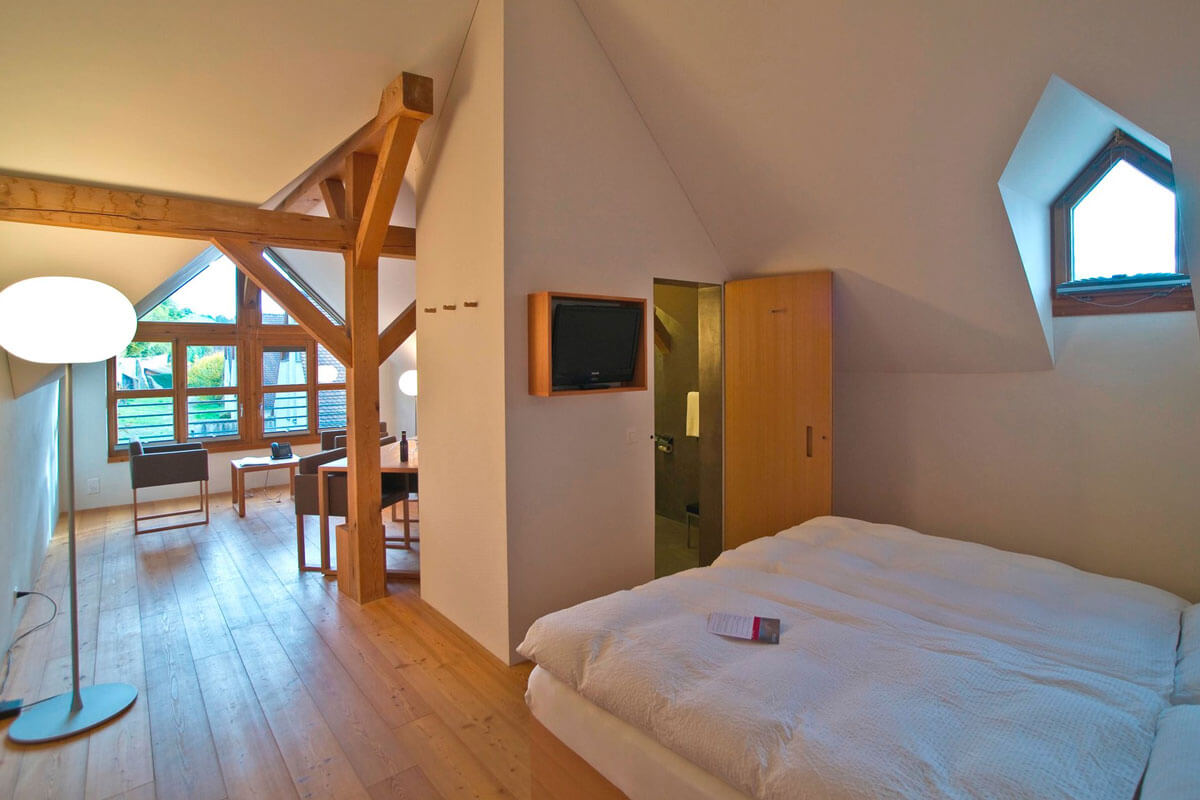
I am sitting on the balcony of the double room, overlooking a secluded wild garden patronized by tits along with robins. While sipping on a glass of complimentary Ittingen red wine (or beer), everything feels right with the world. All the spa treatments cannot compete with the rejuvenating influence of nature; nourishment for the spirit and body. A grey heron flies swiftly past overhead.
Stepping into the past at the Ittinger Museum
Guests are also allowed free entry into the Ittinger Museum, which has been authentically restored to allow patrons to experience a monk’s existence. Audio guides, with their role plays, provide very comprehensive accounts of the rooms and render the experience real.
The Carthusian creed was a life of silence and solitude, served very well by the rudimentary monk cells. Each monk was confined to his cell except for communal eating on Sundays and other festive days where two hours of speech was allowed. He had a room for handiwork, such as carpentry, an ante room for praying and another room for studying. In there was his cupboard bed.
Meals were placed in a hole in the wall so that all human contact could be avoided. In addition, each monk had a little garden plot outside his cell, where he lovingly tended medicinal and edible herbs and vegetables. Compared to other orders, the Ittingen Carthusian monks seemed to have had an agreeable life.
The gloom of the cells, the morbid relics and the dark wood objects in the other rooms do not prepare you for entering the church, which is white, light and a baroque jewel. The monks must have felt so uplifted when they entered their sanctuary. To listen to all the detailed explanations of the museum would require a full day as there are so many interesting commentaries, even a report on Emperor Wilhelm II’s visit to the Fehr family or why a billiard table stands in the Chapter House.
The Thurgau Art Museum brings you back to present day
The Thurgau Art Museum is also housed in an annex of the monastery. Suddenly, photographs instead of portrait paintings confront you and multimedia elements bring you jarringly back to the 21st century.
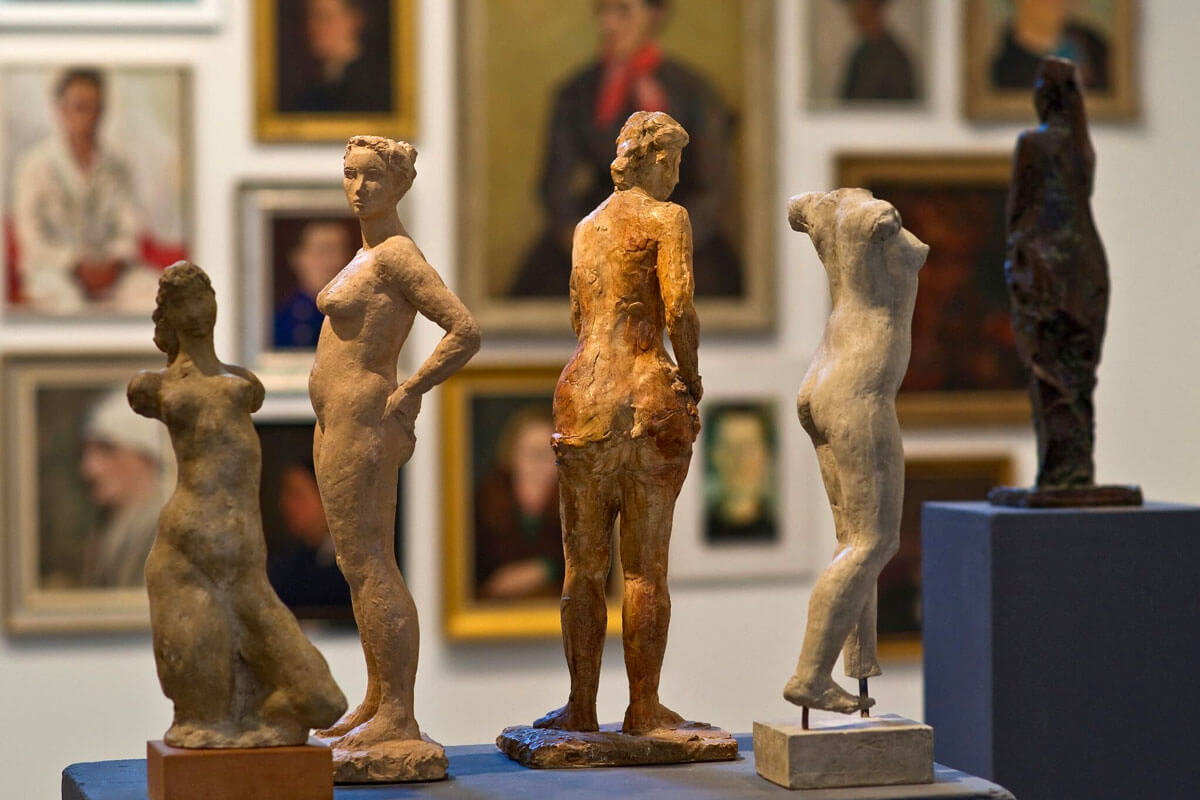
Although the museums are extremely interesting, it is a relief to return outdoors. My head is reeling from all the facts gleaned about the Carthusian order and the long history of the monastery. It is almost impossible to contemplate how the Fehr family could have managed to upkeep the entire area yet along locate each other within the vast grounds.
Outside, a sense of tranquility and peace pervades the surroundings. Behind the museum, there are resplendent gardens with more than 1000 roses in summer. The herb gardens are extensions of the herbs grown in the monks’ garden and a delight for any botanist. Among the gardens, there are ponds for bathing horses or breeding fish. Benches are carefully placed to allow for quiet contemplation of the flowers, scenery and buildings.
Harmony between man and nature culminates in the labyrinth garden. Here, the journey towards and away from the center is as important as the arrival itself. It is the simple elements of this place that assist in achieving well-being. An indoor tranquility room is also provided against rain and for those who prefer indoor contemplation and silence.
Seasonal specialties at the Kartause Ittingen
Sustenance for the body is also celebrated. The Mill restaurant is situated on the site of the former mill and where the old mill wheel still turns, albeit very slowly, relaxing the diners as they are treated to delicious confections of seasonal (and mostly home-grown) produce. The hospitality is legendary. There is also an enchanting garden cafeteria, where meals are enjoyed to the soothing accompaniment of a water fountain.
Menu items include fresh garden salads garnished with herbs. Also, thinly sliced meats and cheeses from the monastery dairy as starters, fish from the ponds for the main course and the unique monastery cake with home-made quince sherbet to end the meal. All this is to be washed down by a very fine Ittingen wine recommended by the sommelier.
Breakfast is a festival for the senses. As the eyes draw in the variety of breads, cheeses, meats, fruits and jams offered, the nose picks up the lovely smells of the home-baked breads and fresh fruit. The ears hearken to the offer of all kinds of teas and coffees, and the mouth is tantalized with all these luxuries. The taste of locally grown and in-house produce somehow outrivals all others, even when served without pomp.
There is a possibility of having a cheese fondue, made in a huge cauldron in the nearby woods. Carrying torches to the fireplace, then warming up before the welcoming bonfire and enjoying a delicious fondue after the strenuous walk must be a culinary highlight.
The woods not only sustain the stomach but also provide opportunities for invigorating walks, exhilarating bike rides and healthy jogs. Here, it is cool in summer, decorative in fall when the trees are ablaze with color and magical in winter when there is snow all around.
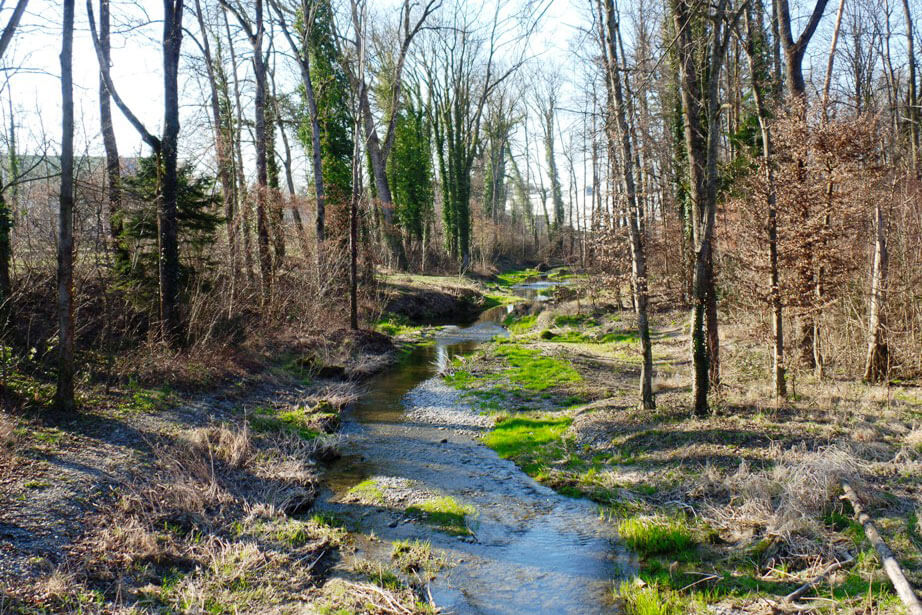
Although the Charterhouse is very popular for hosting seminars and conferences, its true value is appreciated more on vacation or a romantic weekend escapade, when the guest experiences and enjoys life in a way that cannot be found anywhere else.
It is unlike most other luxurious hotels as it is quite unique. An oasis where tranquility, simplicity, culinary delights, nature and the spirit of yesterday promotes relaxation and inspiration for facing the hustle of life today. Suitably rejuvenated, you are now ready to tackle the Swiss mountains!

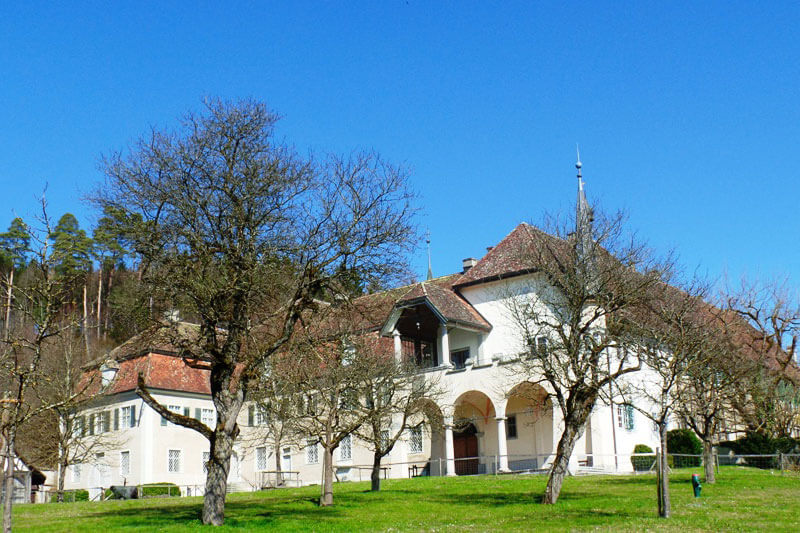
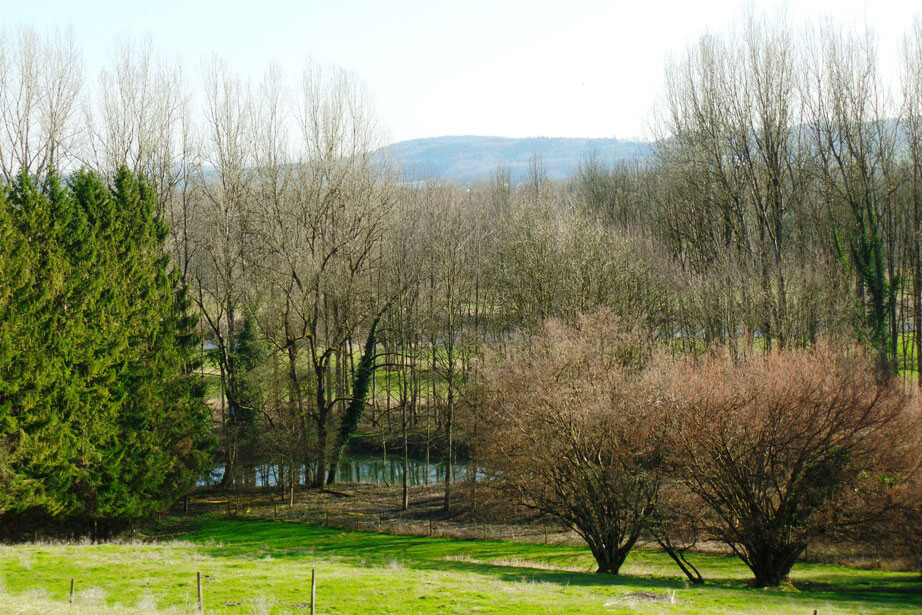
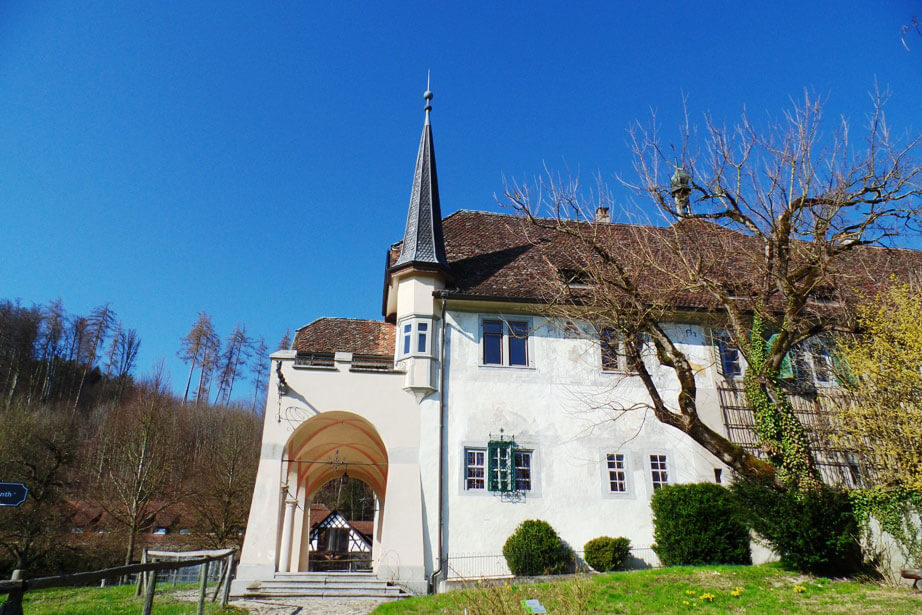
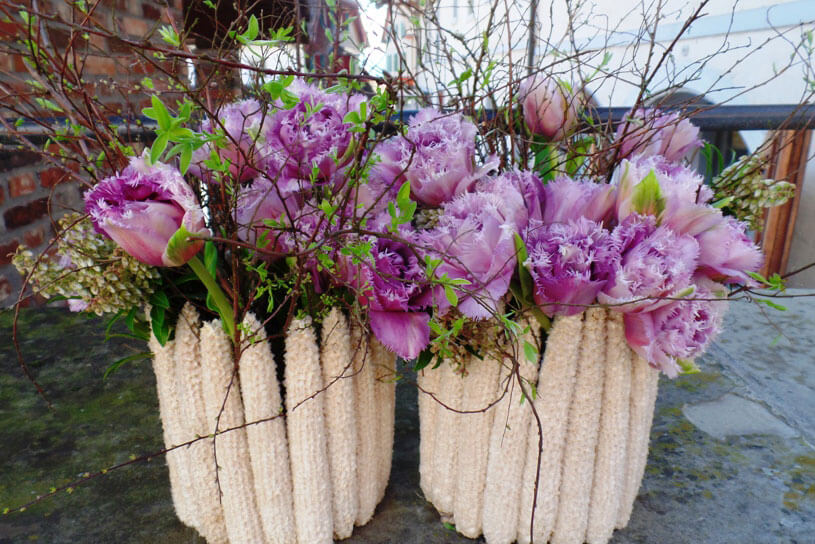
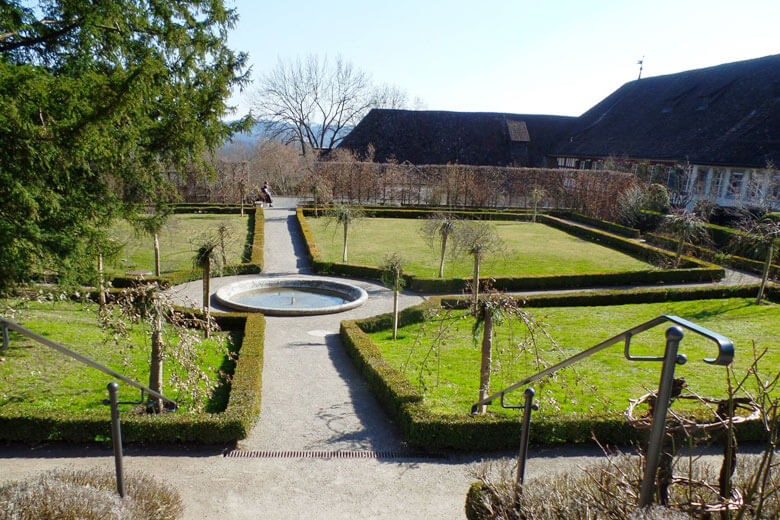
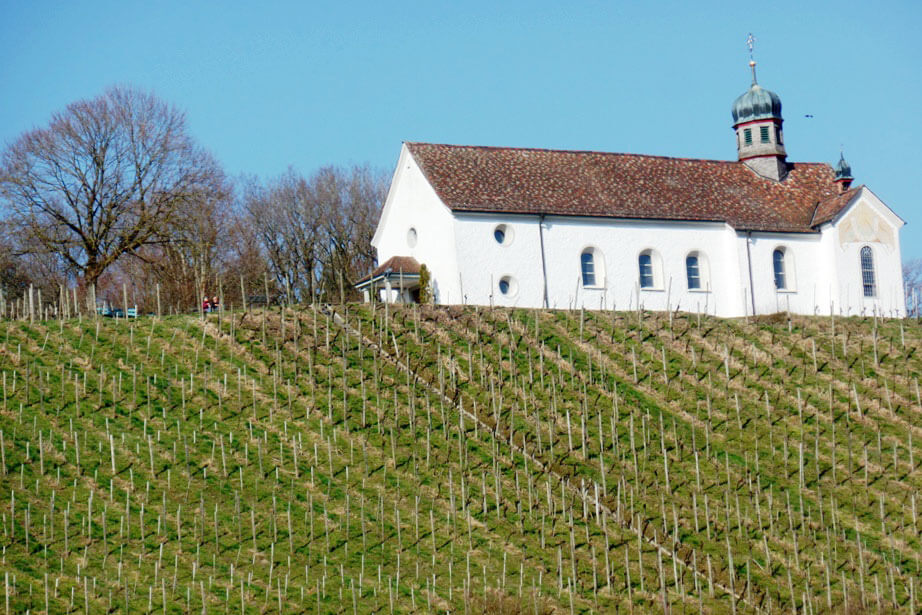
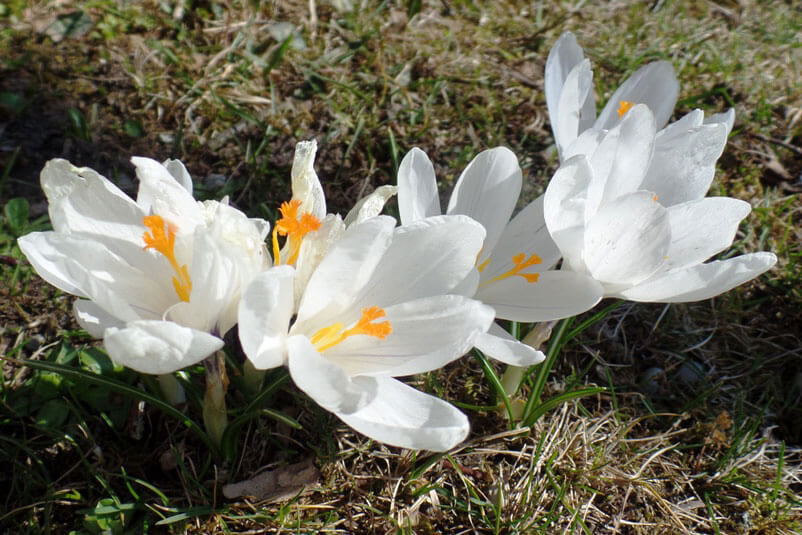
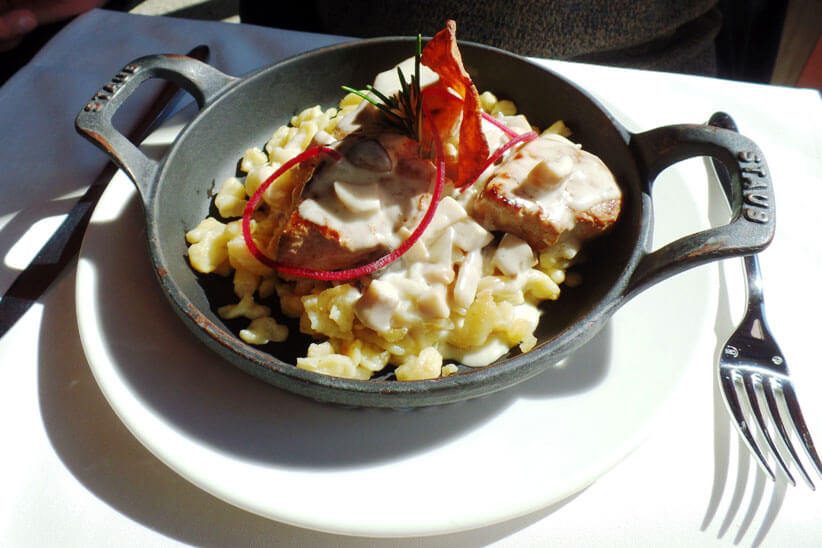
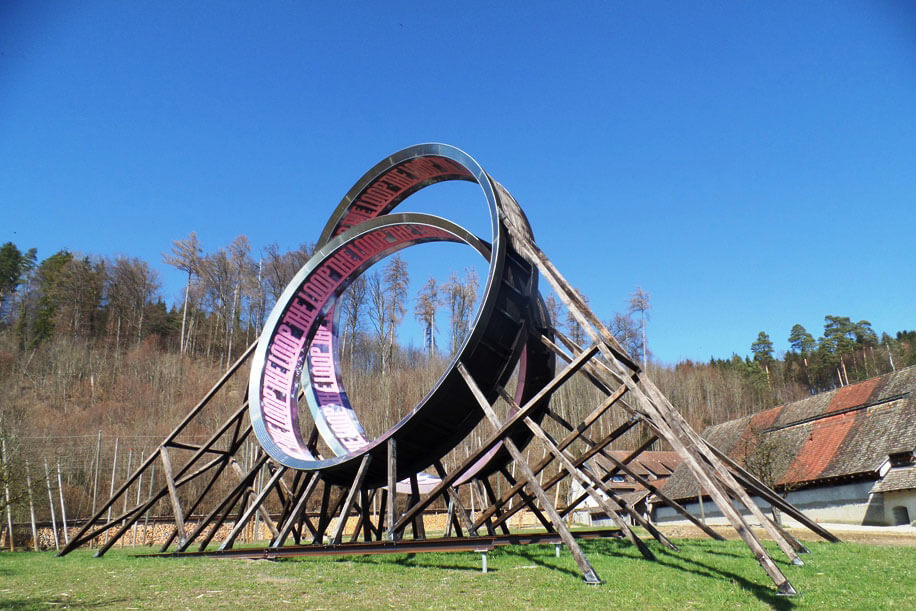
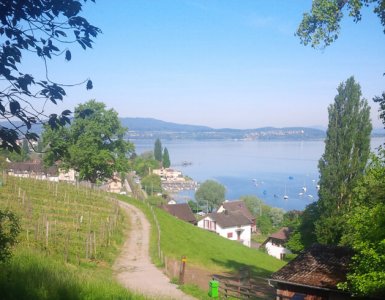
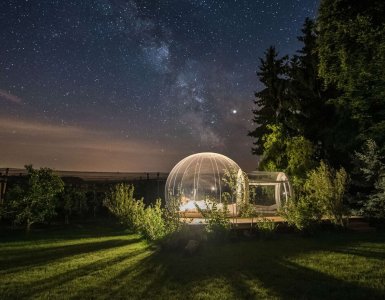
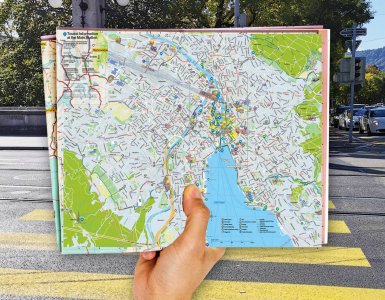

Add comment